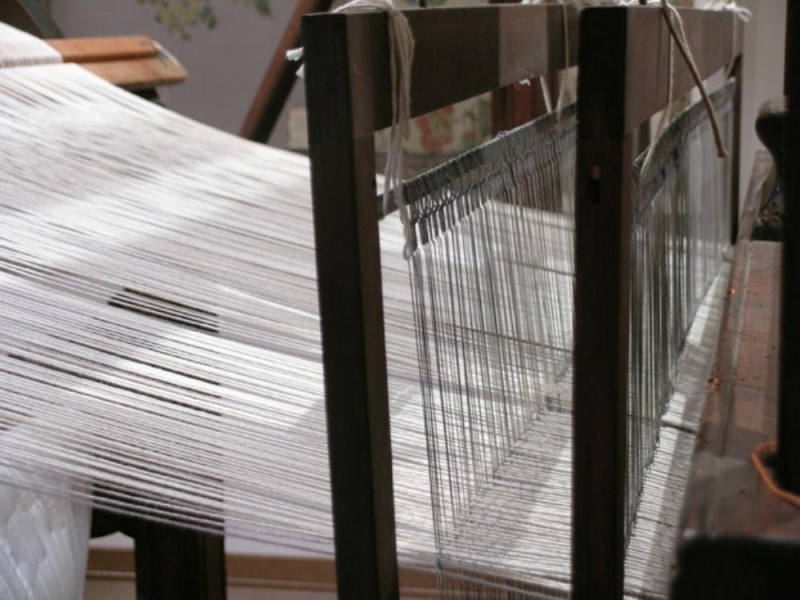Museo della tappezzeria "Vittorio Zironi"
Originally set up in 1966 in Salina Palace Brazzetti Barbary street in the historic center of Bologna after the constitution of the same name, since 1990, has its headquarters in the neoclassical Villa Spada. The collection of precious relics started by the founder, Vittorio cavalier Zironi in 1946, after the end of World War II, illustrates the great sensitivity of the founder towards all that in those years escaped the protection of the agencies; after twenty years of laborious research, the collection was exhibited to the public in the first seat of the museum. The original nucleus of the collection, increased by the same cavalier Zironi until the end of the nineties, it was enriched with significant donations made by public and private collectors, who so wanted to ensure adequate conservation precious artefacts. Through ten rooms, the exhibition is divided into different sections devoted to different types of fabrics, production of Italian and French from the sixteenth to the nineteenth century, from lace to embroidery and church vestments, clothing, flags, banners, to the skins, the trimmings, the looms and other gear for upholstery. Inside there are also operating a restoration laboratory and library studi.Il heritage with the center consists of a large collection of upholstery fabrics and clothing, equipment, and frames (the large frame Lombard in 1700, transformed in 1801 into the system Jacquard and a rare galloon of 1370), the seventeenth-century oak matrices to give the skins and various furnishings, distributed by types in the museum rooms. Thanks to the many public and private donations are the banners of the ancient guilds that adorned Bologna Piazza Maggiore, loaned by the city of Bologna, the archetypes used with the drawings and the work accomplished by the school Romeyne Ranieri di Sorbello Foundation gift of Uguccione Ranieri di Sorbello The complete archive of the Bolognese artist Guido Fiorini (1879-1960), decorator, painter and graphic Aemilia Ars, return it to the museum by his nephew, completed from the historical documentary of Aemilia Ars, a donation of Mrs. Flavia Cavazza , heir of the founder. The oldest part of the collection, a rare set of 64 fragments of Coptic textiles is instead the result of painstaking research and acquisitions made by the founder Cavalier Vittorio Zironi, enriched in 1990 by the architect donation Erminia Rubies. the museum.




